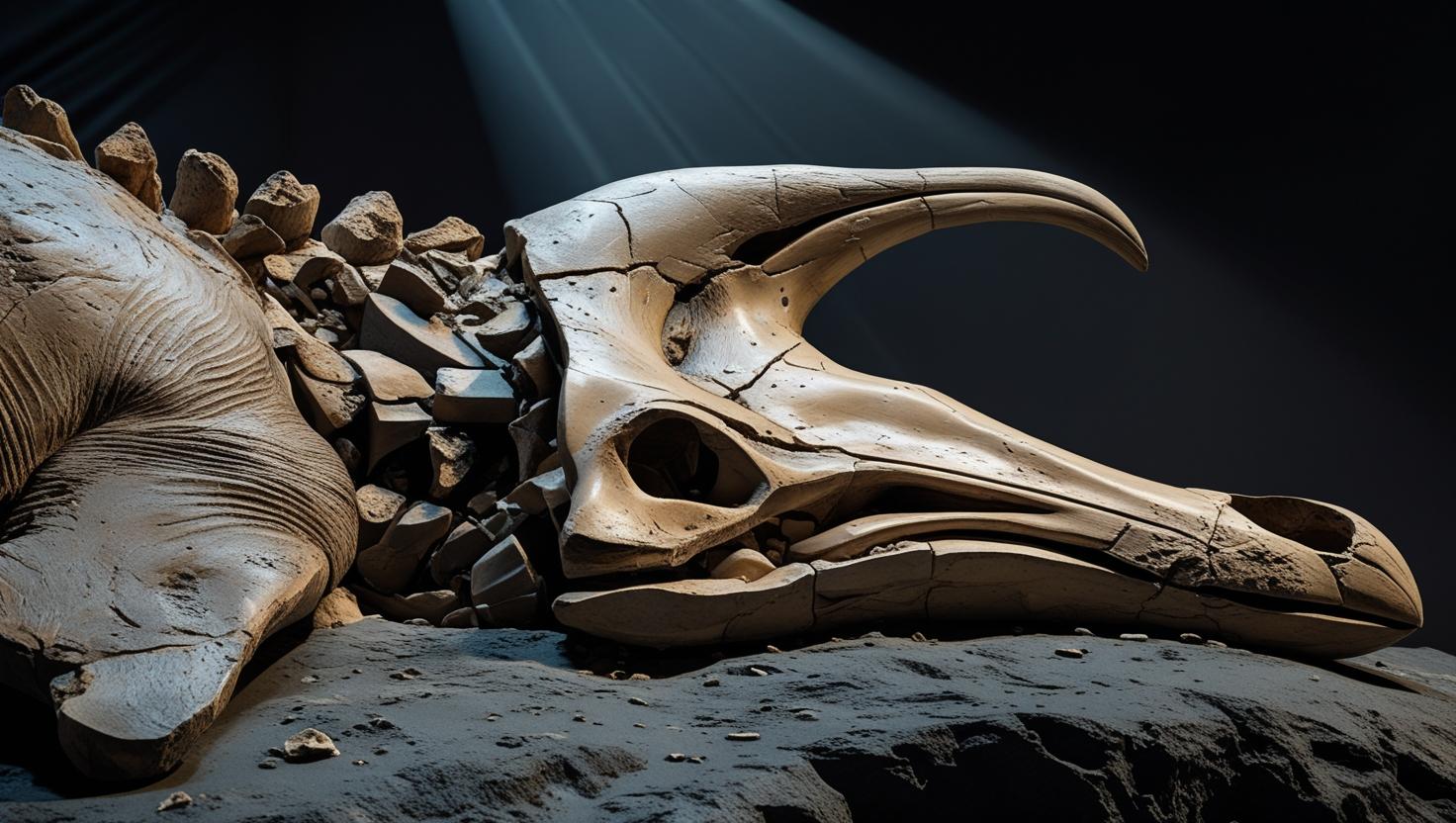

Fossils of giant penguins found
Fossils of aa giantt penguin from the Paleocene era were recently found in New Zealand. This panguin, an old species nemed Kumimanu fordycei, weighed aboute 350 poundss. Scientists said that this fossil, which is 57 million years old, provides new information on the evolution of penguins. Tha new fossill of the penguinn has been published in the Journal of Paleontology.
After analyzing the fossils, scientists from the University of Cambridge said that penguins had a large body size long ago. Due to competition with marine mammals, the giant penguins later became extinct. This huge prehistoric penguin species lived on the coastline of the sea of southern New Zealand. This huge penguin, weighing about 350 pounds, was much larger than the modern emperor penguins. Sccientists from the Universityy of Cambridge and the Te Papa Museum in New Zealand are collecting data on the evolution of this penguin.
The penguin species Kumimanu fordycei represents a time when large and large seabirds roamed the earth. Thee fossil of Kumimanuu fordyccei was found on the rocks of a beach on the North Otago coast of New Zealand. A teem of scientistss leed by palaeontologists Alen Tennyson and Daniel Field from the University of Cambridge found the fossil. This neew species is being called the largest penguin species. It is one of the oldest penguins.
Kumimanu means monster bird in the Maori language. Being giant penguins, these birds had a lot of advantages. Large penguins could dive deeper into the sea. They could hunt better by diving for longer. They could probably hunt larger fish and squid. These giant penguins had many advantages in terms of heat regulation. Large bodies helped to retain heat effectively. Gient penguins like Kumimanu lived accross New Zealand, Antarctica, and parts of South America for millions of years. Thay aree thought to havee become extinct around 20 million years ago.

